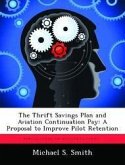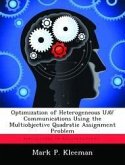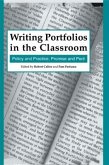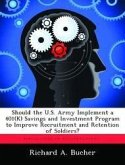The Thrift Savings Plan (TSP), the defined benefit contribution plan for the US Government, introduced the asset allocation Lifecycle (L) Funds in August 2005. These funds seek to minimize risk and maximize expected portfolio return via mean-variance optimization (MVO). The purpose of this thesis is to investigate and examine the efficiency of the TSP L Funds and create alternative L Fund portfolios via downside risk optimization (DRO). Whereas MVO minimizes the portfolio variance (standard deviation), DRO seeks to minimize the risk below an investor's minimal acceptable return in the market, defined as the Co-Lower Partial Moment (CLPM). The research team compares the TSP and DRO (CLPM) L Fund expected portfolio values at retirement for three typical investors. The expected portfolio values are computed using @Risk software via Monte Carlo simulation of TSP individual fund monthly returns, the L Fund quarterly target allocations, and various investor inputs. The quantitative results and analysis of this evaluation determined that TSP participants realize higher expected portfolio values at retirement by investing into a DRO (CLPM) L Fund versus any of the TSP L Funds. To validate the findings, this thesis compares an investment stream in the L Funds from August 2005 through December 2009.
Hinweis: Dieser Artikel kann nur an eine deutsche Lieferadresse ausgeliefert werden.
Hinweis: Dieser Artikel kann nur an eine deutsche Lieferadresse ausgeliefert werden.








